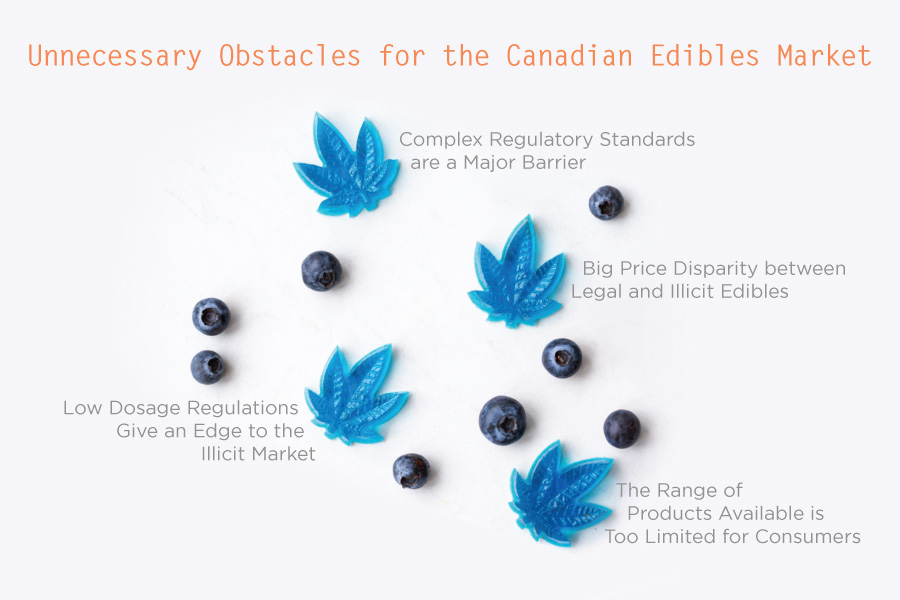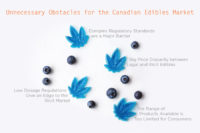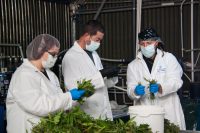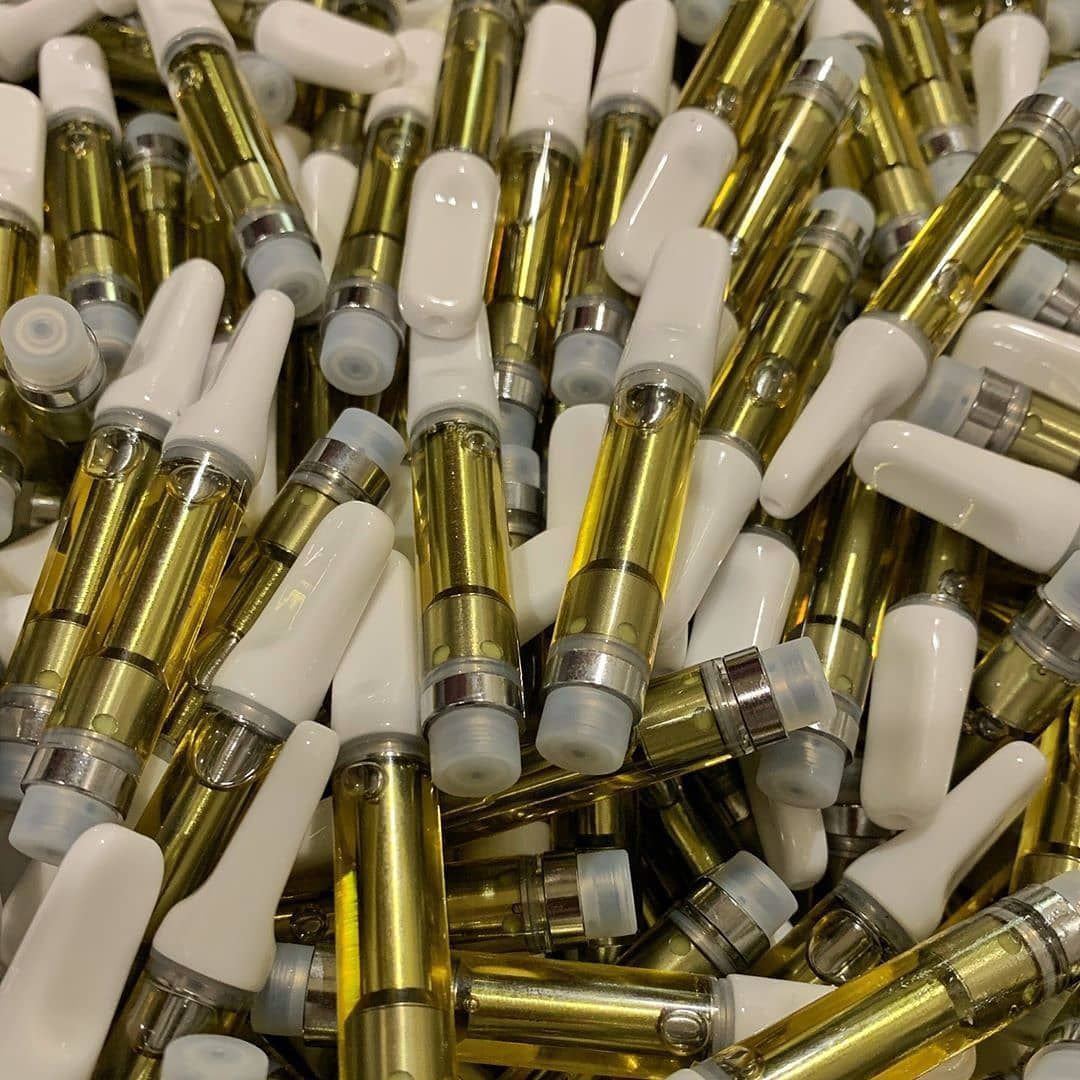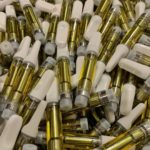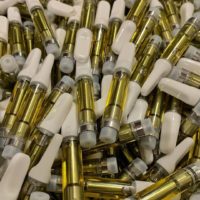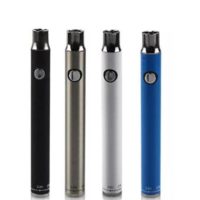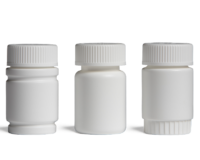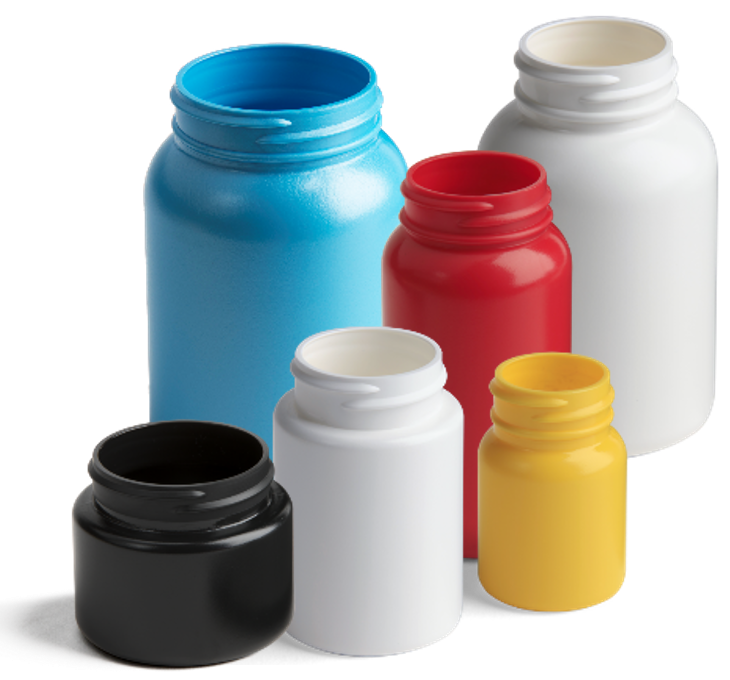In an emerging industry like cannabis, there’s always going to be the latest and greatest tool or technology to improve operations that are just in their infancy. In fact, as a cannabis business operator, it’s likely you hear from at least one or two salespeople a week, selling the next best thing to make your operations that much more efficient.
But, not every piece of technology or tool is well-suited for each individual operation. Even more, some solutions are just temporary band-aids and aren’t built for longevity or for the future maturation of the budding industry.
Of course, at a time when cannabis businesses are struggling to even turn a profit – it’s even more important to look at your processes, and automate or optimize what you can to increase your bottom line.
So, how can you make the right decision when it comes to making an investment in automation technology? Keep reading to learn the top 3 tips for successfully vetting automation tools for efficacy, efficiency and cost-effectiveness.
Tip #1 – Identifying what to automate
The goal of streamlining operations with automation technology isn’t to ‘automate anything and everything’. It’s automating the right parts of production to help scale growth and increase profitability. To do so, operators should look at bottlenecks in their production line or process.

Once you’ve identified the areas that slow production, it’s time to look at which areas are better candidates for automation than others. For instance, tasks that are highly variable are not ideal for automation. That’s because every time a variance occurs, you’ll spend extra time and effort reconfiguring your automation tool or technology to match.
It’s those bottlenecks in production that are repetitive and don’t vary often that are optimal to increase efficiency. For instance – infusing pre-rolls, filling vape carts or packing master cases would be prime candidates for automation.
To dip your toes into the automated waters – find one of those highly repeatable tasks, purchase a small, cost-effective solution and see just how it impacts productivity. If you see that a small change made a big difference – there’s scalability. After this due diligence, you can move forward in contacting more robust manufacturers for improved equipment designed for long-term use and wide scale implementation.
Tip #2 – Choosing the right manufacturer
Speaking of manufacturers – choosing the right one is just as crucial. It shouldn’t come as a shock that not all technology or equipment can be treated equally. If the type of automation technology or equipment you choose is produced by a variety of manufacturers, here are the top things to consider when deciding which is right for you:
- Customer support – You might think, ‘how hard can it be’ or fall for the sales pitch that a tool or piece of equipment is so easy to implement – reliable, dependable, and accessible support isn’t necessary. But that could not be farther from the truth. When questions or issues arise with the automation technology you choose – you don’t want to lose time, production, or money while you wait for a solution. Even though technology with customer support may cost more upfront, think of it this way. You’ll either pay up now or later. So, what will you choose? Paying a premium from the start to hit the ground running with 5-star equipment, technology and support? Or, saving a couple of bucks now, just to lose time and productivity due to a lack of customer support and lower-quality technology later.
- Manufacturer experience – In cannabis, most manufacturers come from other fields and lend their experience and skills to new areas of operation and production. That means you’ll want to take a hard look at the team’s core roots and where they come from to understand just how their work will translate. Looking for professionals who are trained in high-tolerance, precision engineering is ideal for automation. Working with teams with this temperament ensures that they typically hold themselves to a high standard. Just remember, the team you’ll work with is a culmination of people who create a result. It all comes down to whether the team you choose has a track record of doing so, and how well they’ve served prior customers, too.
- Customer reviews – Want to discover how good or bad the team is, beyond what they tell you themselves or before it’s too late? To truly find out, ask their past or current customers.
Tip #3 – Learning from others
Of course, looking at successful operations and what they’ve chosen to automate for efficiency always helps, too. So, what is one common area that operators are increasingly optimizing for significant ROI on automation investments and efforts?
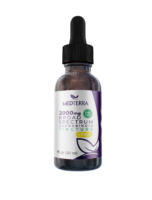
Label applications. Label application is one process that almost any cannabis business can see an immediate return on investment in, across the board. While other areas of automation will vary and rely heavily on your volume, individual bottlenecks, and unique drops in productivity – most cannabis operations can increase efficiency by automating this non-varying, highly repeatable task.
The Final Word – Using Automation To Your Advantage
Automation technology exists for a good reason. It helps cannabis business operators maximize efficiency, stay in compliance, reduce costs over time and, in turn, increase profits. But the wrong automation technology for your processes won’t do anything of the sort. It will only muddy operations, waste precious capital and set you back in the long run.
So use these three tips to find the right automation technology tools, software and solutions to use to your advantage – before your competitors get a leg up.



